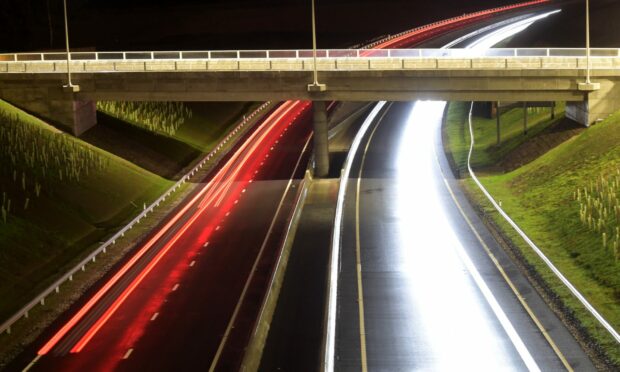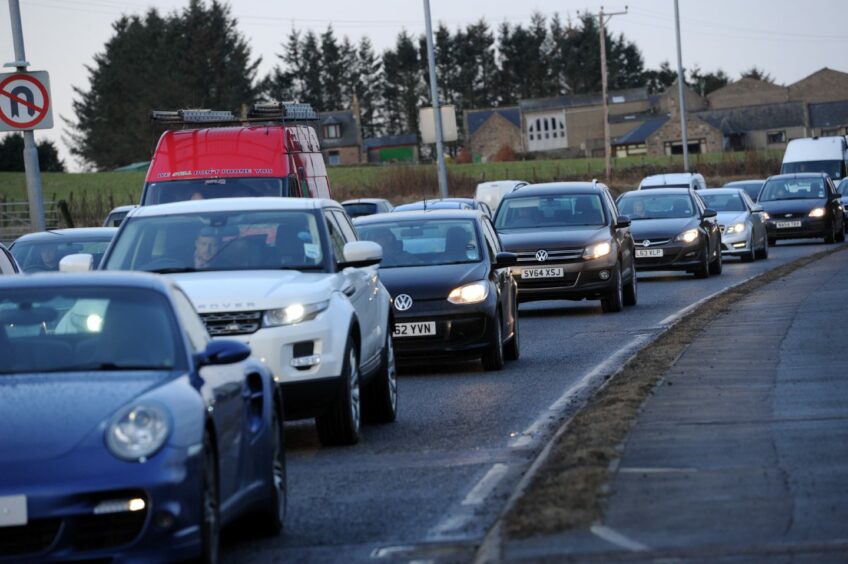The housing market in rural Aberdeenshire has experienced a boost thanks to the AWPR, a new report has claimed.
Commissioned by national real estate agency Savills, the report has found that growth in Scottish residential land values has overtaken the rest of the UK.
The market has been described as “exceptionally buoyant”, with demand for land being cited as the reason behind increasing property value.
In Aberdeenshire, the housing and land market recovery has been noted as slower than much of Scotland.
However, the AWPR, which opened in 2019, has been cited as one of the driving forces behind the slow but visible market growth.
‘Race for space’ as people move to hybrid working
One of the main factors behind rural growth has been the pandemic, with working from home becoming the new normal – house hunters are swapping short commutes for green space.
The report claimed that due to the AWPR, rural Aberdeenshire is more accessible than ever.
Ben Brough, head of residential development at Savills, said: “Whilst Aberdeen has been slower to recover, we are also seeing a renewed energy there too: rising residential values and transaction levels are positively impacting sentiment among housebuilders.
“This is particularly the case in Aberdeenshire, where rural sites have become much more accessible since the completion of the Western Peripheral Route.
“Indeed the ‘race for space’ effect is being felt Scotland-wide. A pattern of hybrid working has emerged since the pandemic, with consumers now seeking homes further away from city centres offices.
“This trend is rippling out to the development market, and housebuilders are now prepared to pay much more for sites which would previously have been considered a secondary location.”
Positive trends across the country
The estate agents said the “unceasing” demand for development land in Scotland had driven growth.
According to analysts, the annual growth is the highest it has been since 2014.
Scotland greenfield values reached 9.3%, the highest level of all UK regions.
Scottish land values in urban areas have also shown significant growth of 6%, just behind the UK figure of 6.8%.
Activity levels have remained consistent across the UK, with considerable competition for sites and a high number of bids received per site.
Mr Brough added: “Savills most recent statistics reveal an uptick in the number of housebuilders bidding on sites that were non-conditional on planning permission: a recent launch in Livingston attracted 13 bids, significantly ahead of our average in the region of 5-7 offers.
“Within this were a number bids on an unconditional basis, and with more aggressive payment profiles.
“Meanwhile, in the West, eleven bids were received for the former HMRC offices in Cumbernauld at a very competitive closing date, a good number of which were non-conditional: housebuilders will bid on this basis when the pressure is on for good, larger opportunities.”
The estate agent predicts that competition for land will remain strong due to an imbalance in supply.
For more housing stories, visit The Press and Journal’s housing archives.

